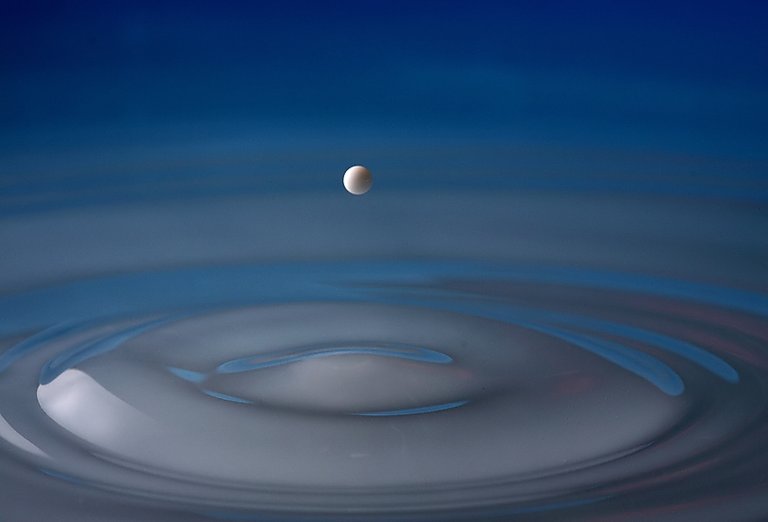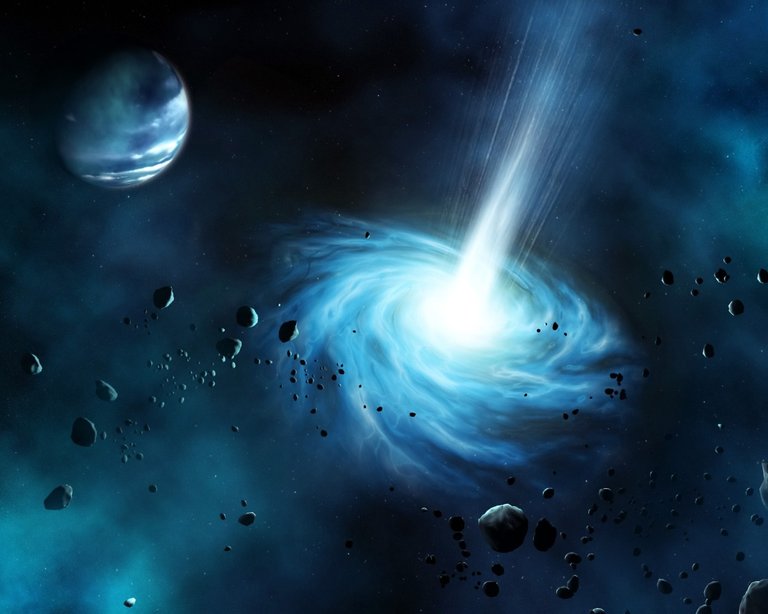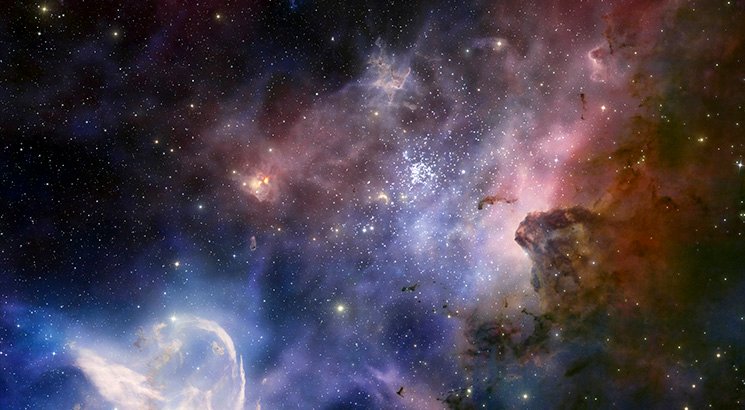There is still no answer to this question, but ESA's Herschel space telescope followed its trail to star nurseries. Earth's water is at least 4.6 billion years old.
Water is one of the most abundant molecules in the Universe. It is found on planets, moons, stars and in stellar nurseries, in the Milky Way or beyond. It is formed by an atom of oxygen attached to two of hydrogen, and has incredible properties that make it the basis of life as we know it. It seems that the water reached the Earth through the impact of comets and asteroids, or perhaps when the volcanoes released it from the interior, and that it would have an age of about 4,600 million years. But where did these molecules come from? How did they form? It is known that hydrogen was born after the Big Bang, and that oxygen comes from dead stars, but that doesn't explain how or when water appeared. When did these atoms join? How old are the molecules that are part of our body or that fall in the rain?
Sixty years ago astronomers detected water in star beds, regions where interstellar gas is concentrated and allows the birth of these impressive bodies. But as the European Space Agency (ESA) is recalling this week to recover the mission's legacy, data collected by the Herschel Space Observatory (whose "life" ended in 2013), made it possible to trace the origin of the water. They managed to follow the journey of molecules from comets and asteroids to the planets of the Solar System and, for the first time, detect the presence of water in a pre-stellar nucleus, a cold accumulation of matter that can later become a star and a planetary system. Throughout its mission, this observatory was able to find water in all the stages of the life of the stars.
This nucleus where the water was found is called Lynds 1544 and is found in the molecular cloud of Taurus, a vast region of gas and dust located 430 light years from Earth that is incubating the seed of stars and planets. There, Herschel detected enough water to fill all of Earth's oceans 2,000 times.
The journey of water between stars Over time, this nucleus will accumulate matter from the molecular cloud of gas and dust that has generated it and will separate from it. It will become a protostar and collapse on itself because of gravity. Around it will accumulate a rotating cloud of dust and gas, called a protoplanetary disk, which will then be the raw material for the possible "fabrication" of planets. Finally, the protostar will activate nuclear fusion reactions inside it that will counteract the gravitational collapse. Then, a star will have been born.
For the first time, Herschel was able to detect cold water vapour (at around -173 degrees Celsius) in the intermediate region of one of these protoplanetary disks. In the same ring, the hottest vapour collects in the vicinity of the stars and also accumulates farther, on the periphery, in a large reservoir of ice in the form of small particles.
The bombardment of the origins
How does it get from the disks to the planets? The answer is not clear, but here on Earth you can find some clues. Although water covers 70 percent of the surface, this molecule forms only a small part of the total mass of the planet. That is why, among other things, it is believed that at the birth of the Solar System, about 4,600 million years ago, the areas closest to the Sun were populated by dry, solid and very hot planets, and that later the bombardment of frozen objects from the periphery brought water to the center.
Herschel and other observatories have analyzed the water present in comets to try to clarify this question. He could not answer, because the water captured in these bodies is not always of the same type as the water present on Earth. Why does this happen? The water of our planet is characterized by having a certain proportion of hydrogen and deuterium, a hydrogen atom with an extra neutron. If the water of the planet came from comets, the water of these should have the same proportion of deuterium and hydrogen. But the reality is that this is not always the case.



Sneaky Ninja Attack! You have just been defended with a 6.45% upvote!
I was summoned by @reesteemiter. I have done their bidding and now I will vanish...
woosh
A portion of the proceeds from your bid was used in support of @youarehope and @tarc.
Abuse Policy
Rules
How to use Sneaky Ninja
How it works